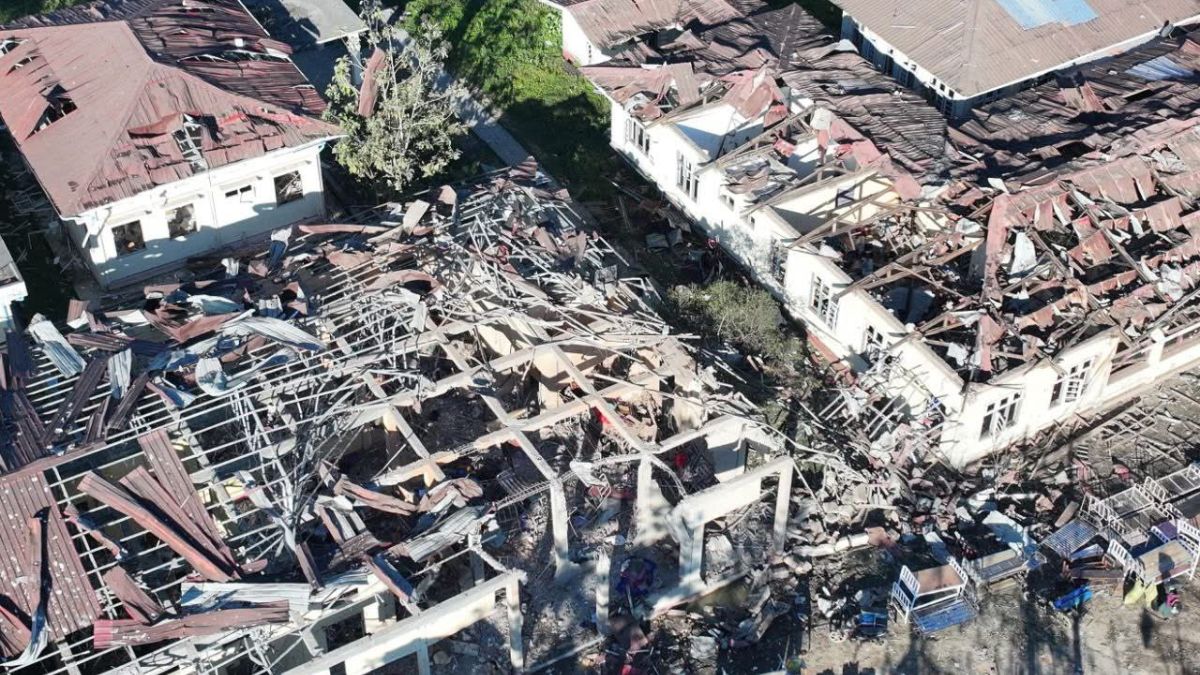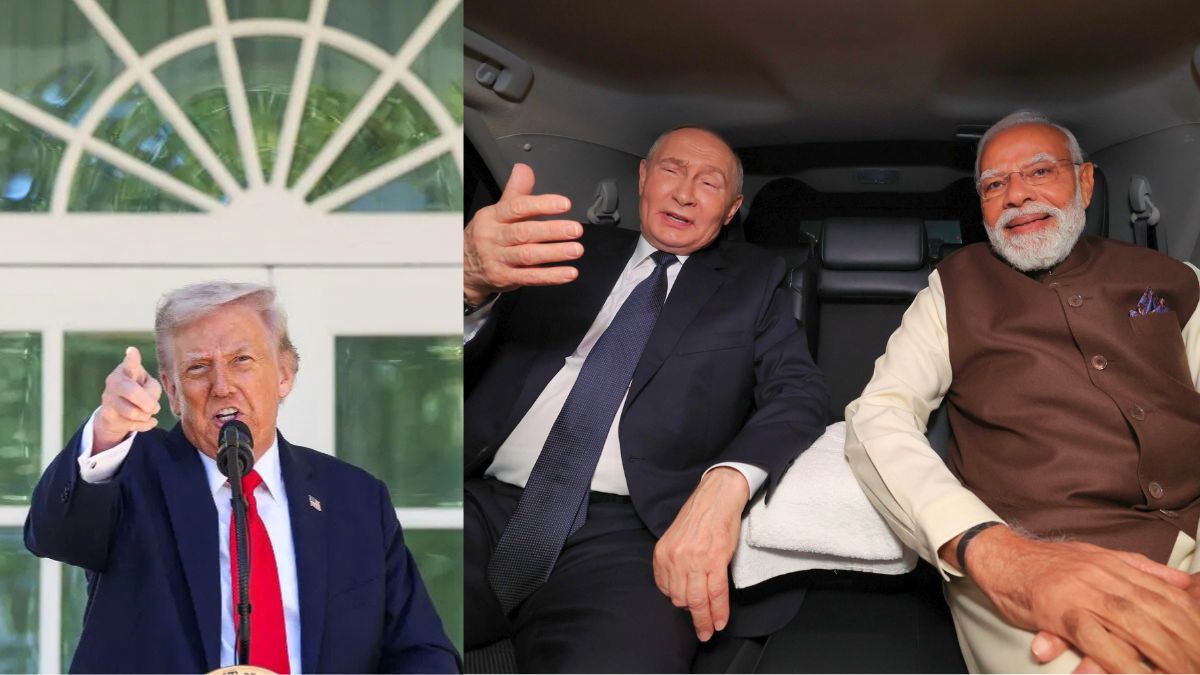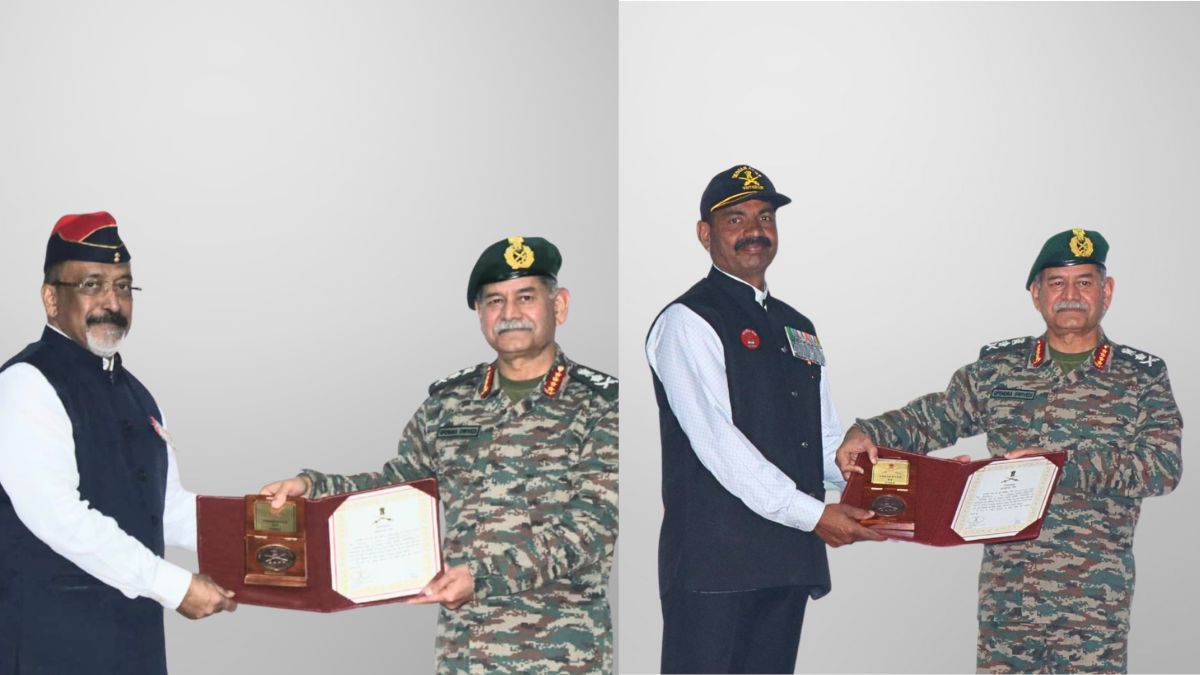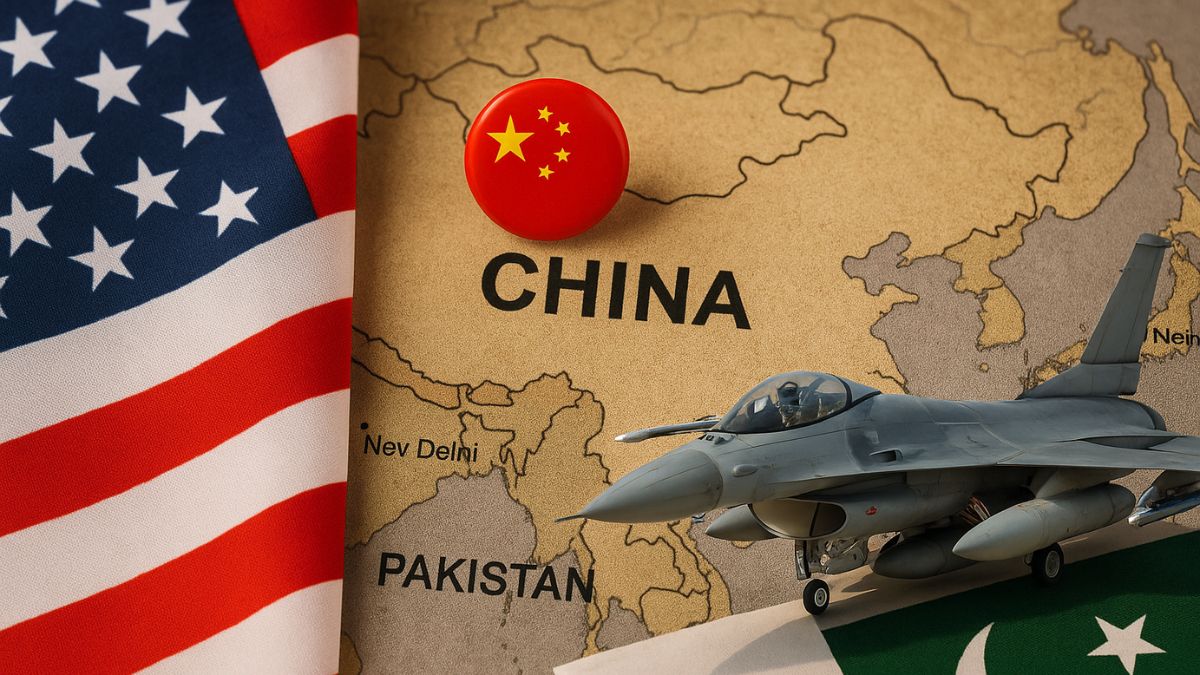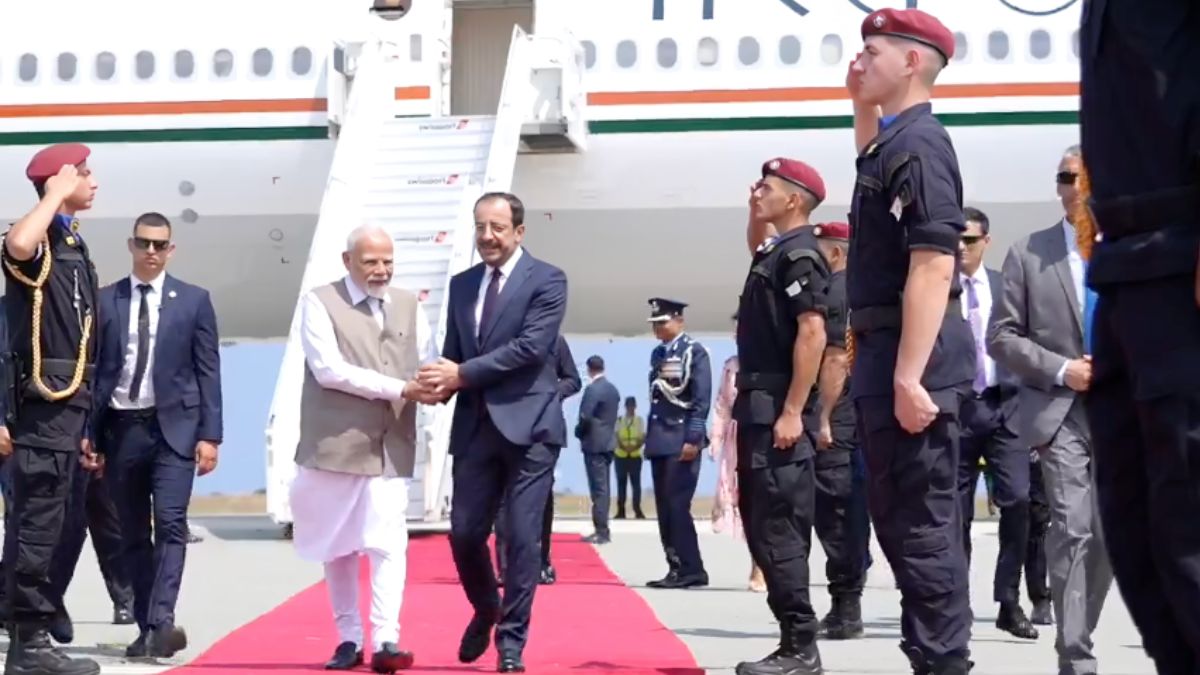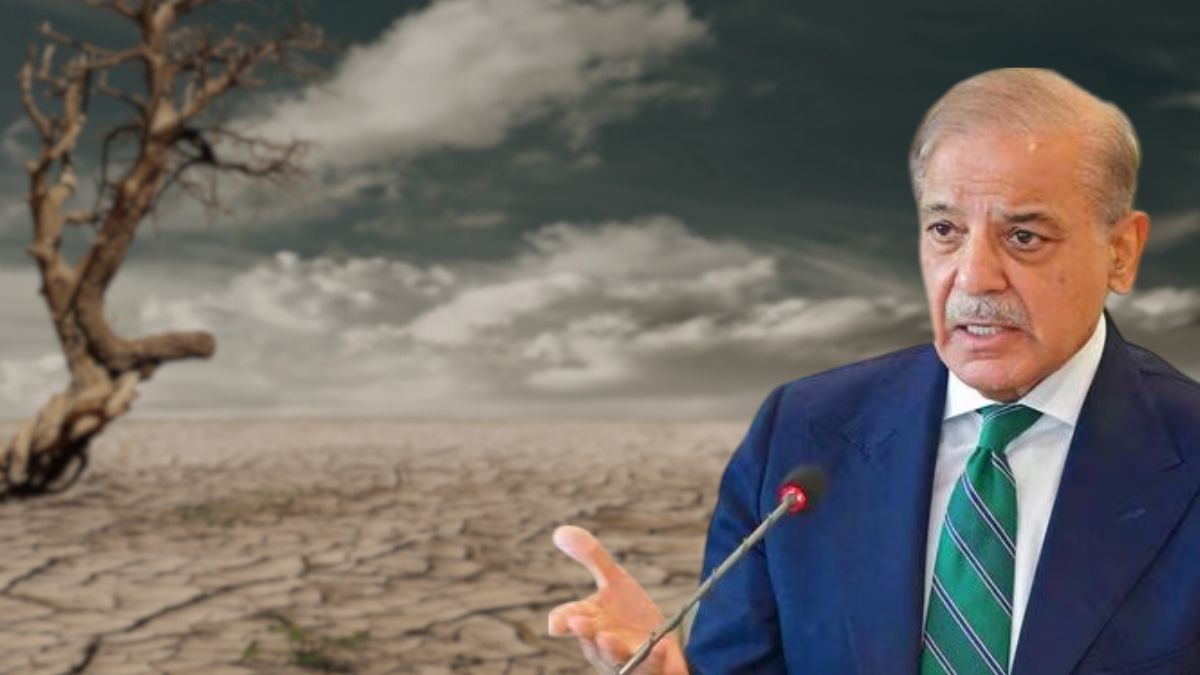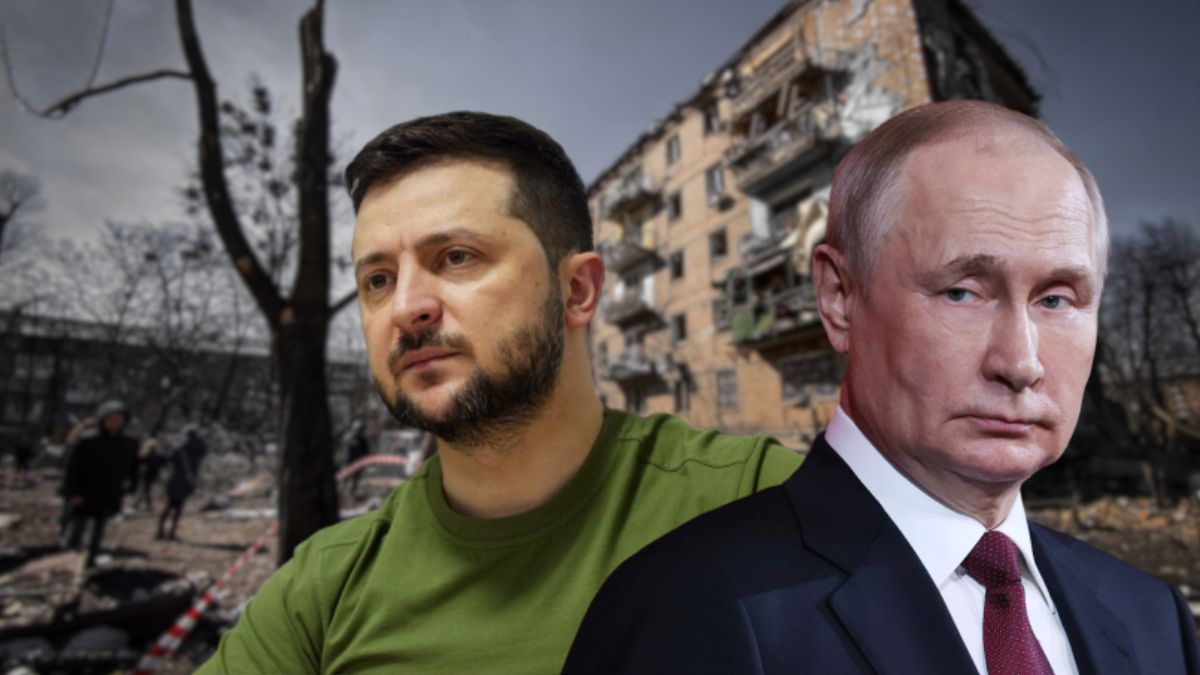India Eyes Myanmar’s Rare Earths Amid China’s Tight Grip, Turns To Rebel Group for Samples
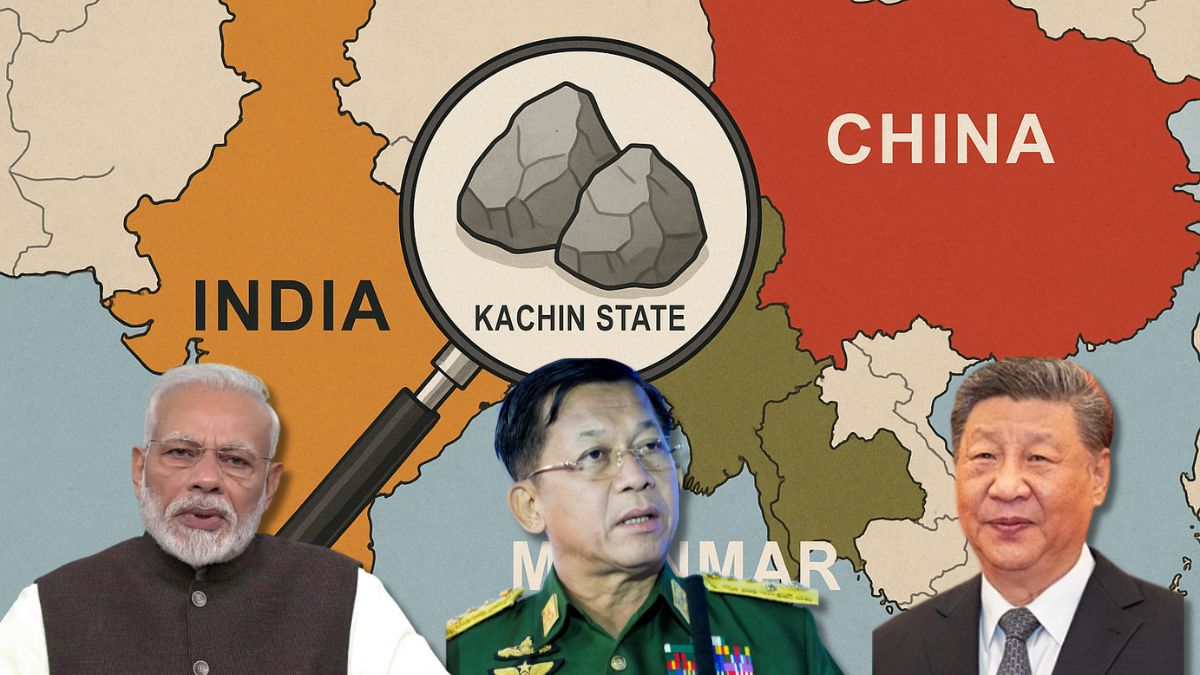
India turns to Myanmar’s rebel-held mines as rare earth rivalry with China intensifies, putting Kachin State at the heart of global geopolitics.Image courtesy: RNA
India is quietly exploring a controversial new channel to secure critical rare-earth minerals, engaging with Myanmar’s powerful Kachin Independence Army (KIA) to obtain samples for testing.
The move underscores New Delhi’s growing urgency to reduce dependence on China, which dominates the global rare-earths supply chain and has weaponised its control amid rising geopolitical tensions.
Why is India’s outreach to a rebel force unusual?
In July, India’s Ministry of Mines convened an online meeting with state-owned IREL (India Rare Earths Limited), private firm Midwest Advanced Materials, and other participants.
During the discussions, the ministry urged the companies to explore ways to collect samples from mines under KIA control in Myanmar’s northern Kachin state.
The KIA, an armed ethnic group long at odds with Myanmar’s junta, has reportedly already started gathering samples for Indian testing and is also assessing the feasibility of bulk exports.
This outreach marks a rare instance of New Delhi interacting with a non-state actor in its neighbourhood, a sign of how strategic rare earths have become in India’s national security calculus, according to Reuters.
Why Rare Earths Matter?
Rare earth elements such as dysprosium and terbium are critical for producing high-performance magnets used in electric vehicles, wind turbines, advanced electronics, and defence systems.
Although not geologically scarce, their processing is technologically complex. China controls most of the refining capacity and has tightened export restrictions this year, targeting countries like India and the United States.
Prime Minister Narendra Modi recently acknowledged rare-earths as a strategic issue, saying he discussed the matter with Myanmar junta chief Min Aung Hlaing in August. However, no formal deal was announced, highlighting India’s search for alternative routes, including unconventional ones like the KIA channel.
What are the China factor and Myanmar’s war economy?
The Chipwe-Pangwa mining belt in Kachin state, which the KIA captured from junta-aligned forces in 2023, is among the richest deposits of heavy rare earths in the world. China currently sources supplies from this region, but its relationship with the KIA has soured amid the rebel group’s intensifying battles with junta troops.
“China is liaising with the KIA to secure access to rare earths. If that’s the case, why should India be left behind?” said Angshuman Choudhury, a Singapore-based analyst. This triangular dynamic — KIA dealing with both Beijing and New Delhi — underscores how Myanmar’s conflict-ridden borderlands are now entangled in global resource competition.
What are the challenges ahead for India?
Even if India manages to secure a supply line through the KIA, major hurdles remain. The mountainous terrain along the Indo-Myanmar frontier lacks infrastructure to transport large volumes of minerals, which are currently routed into China through established road networks.
Additionally, India still lacks sufficient industrial-scale refining capacity to process heavy rare earths to the purity levels needed for high-end applications.
IREL has been scouting partnerships with Japanese and Korean firms to bridge this gap, but scaling up production could take years. “Theoretically, if India gets these materials, it could separate and make useful products,” said Belgium-based expert Nabeel Mancheri. “But producing meaningful quantities for global markets would take time.”
How are diplomacy and defence ties playing out on parallel tracks?
The rare-earth outreach comes as India steps up formal defence and diplomatic engagement with Myanmar’s military regime. On September 10, 2025, Army Chief General Upendra Dwivedi met Lieutenant General Ko Ko Oo, Commander of the Myanmar Army’s Bureau of Special Operations-1, to discuss expanding bilateral defence cooperation, joint training, and regional stability.
Earlier this month, India hosted army-to-army staff talks in New Delhi, signalling intent to keep communication open with the junta even while quietly engaging its battlefield adversaries.
This dual-track approach — working with the junta on state-to-state military ties, while tapping the KIA for minerals — reflects India’s pragmatic balancing act. With rare earths now a key currency of strategic competition, New Delhi is willing to test unconventional channels to secure critical supplies.
Long-Term Stakes
For India, rare-earth security is about more than economic growth. It is a question of technological sovereignty and defence preparedness. From electric mobility to advanced radar and missile systems, rare earth magnets are the backbone of modern industries and militaries.
As China consolidates its dominance, India’s willingness to engage both state and non-state actors in Myanmar highlights the high stakes involved.
Whether this experiment with the KIA evolves into a long-term arrangement remains uncertain. But one thing is clear: in the race for rare earths, India is no longer content to play catch-up.

